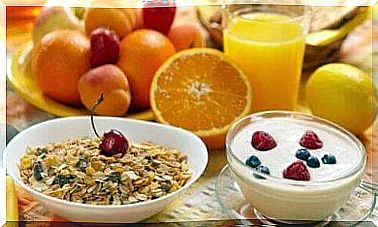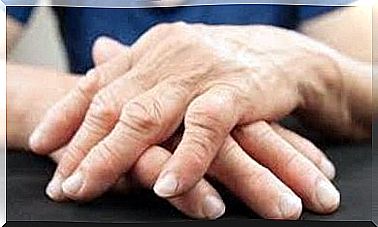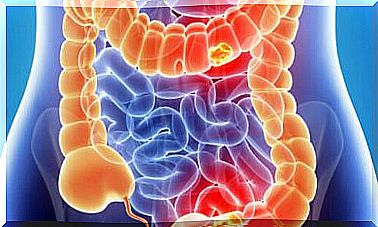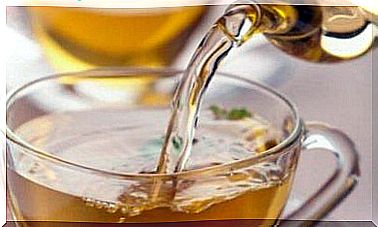Discover The Uses And Properties Of Mint
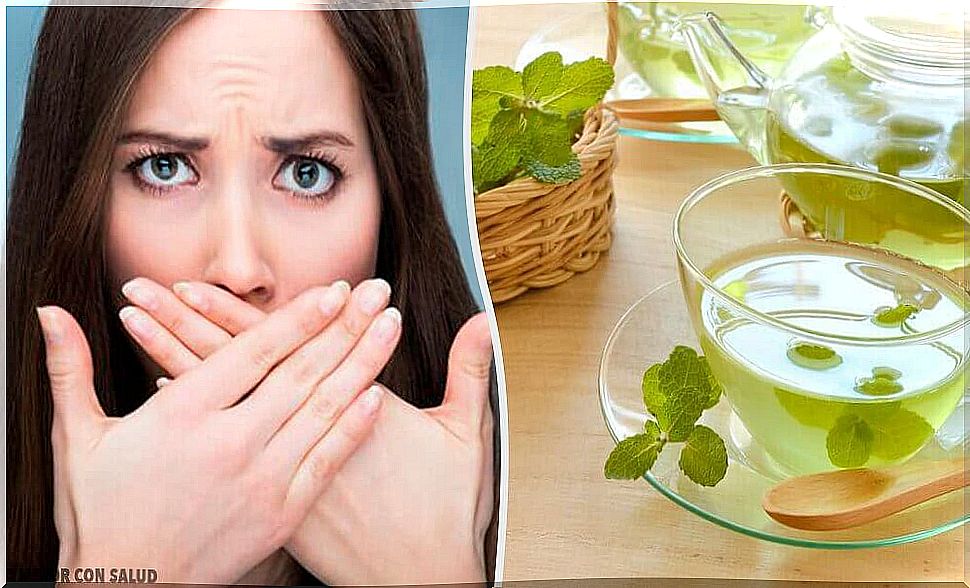
It grows all over the world but mint is native to the Mediterranean region. Best of all, it has many health benefits and we can use it in a variety of ways. Discover the amazing properties of mint in this article and make it part of your diet!
Interesting facts about currency
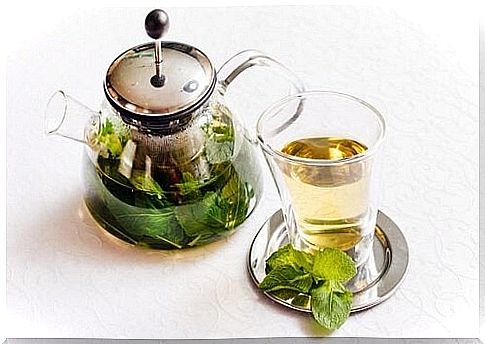
- During the period of the Roman Empire, it was widely used as a medicinal plant. For this reason, it was introduced in various countries and cities.
- It grows quickly on land and in damp places, it branches and can form a shrub up to half a meter wide.
- The flowers of mint can be violet or white. They appear as the plant’s growth progresses.
- There are about 25 subspecies of plants in the mint family. For example, think of rosemary, thyme and oregano. These are all known as aromatic herbs.
- Mint leaves are used to make infusions. However, we can also use and apply its essential oils externally.
- This beautiful plant provides vitamins A and C, omega 3 fatty acids and various types of minerals.
- Mint grows with no problem in any climate, be it in a garden or in a pot indoors. You have to be careful not to expose it too much to the sun. You also have to make sure that it gets enough water. You can pick the leaves all year round.
- The scientific name is ‘Mentha’, which comes from the name of the Greek nymph and sweetheart of Pluto. Because he was so jealous, he turned her into a plant.
Properties of mint and its health benefits
Taking this plant is really good for your health. The properties of mint are good to treat various ailments.
For the digestive system
It is taken after meals so that it ‘calms’ the stomach. It also relieves flatulence and helps digest food better. It is recommended in cases of stomach pain. It soothes cramps and prevents vomiting (especially after eating a lot).
It increases the secretion of gastric juices and helps reduce nausea. However, it is better not to consume it for long periods. It can cause gastritis or irritation to the walls of the stomach.
For the liver and intestines
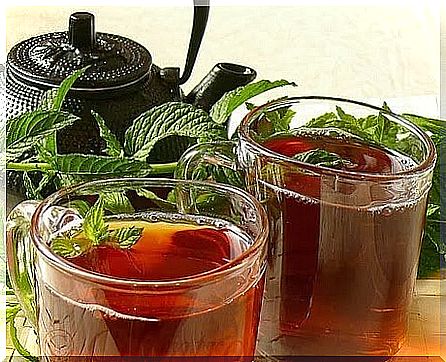
Mint can be used to stimulate the function of the liver and increase the secretion of bile. For example, it is used to treat abdominal cramps and improve digestion if the liver is a ‘slow worker’.
It can treat diarrhea, irritable bowel syndrome, and Crohn’s disease. It helps expel gases from the gut and prevents waste from rotting or accumulating.
For the respiratory system
Because it contains menthol it has anti-congestive properties. It also increases sweating and helps with a stuffy nose, for example. It is used for flu and colds and also to reduce fever.
In addition, the antiviral properties of mint help to overcome all types of respiratory ailments.
Some people use mint to treat bronchitis, strep throat, and asthma. Those who have quit smoking or cough a lot due to cigarettes can use it to soothe their throats.
For blood circulation
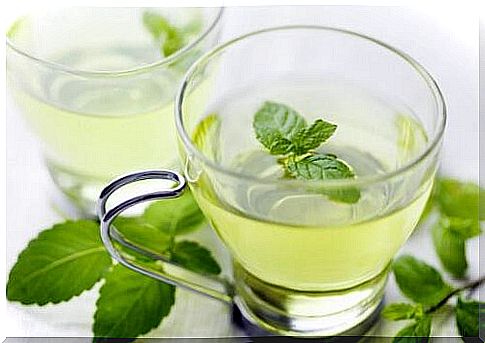
Peppermint has anti-clotting properties thanks to eugenol and rosmarinic acid. It improves blood circulation and treats certain related conditions such as headaches.
It can also be used to reduce the symptoms of altitude sickness. It ensures a greater oxygen supply to the cells and at the same time for a better cleaning of the toxins.
External use of mint for health and beauty
For rheumatic pains
The essential oil in mint has the ability to reduce pain caused by rheumatism. This is due to the analgesic properties of salicylic acid. It is also used to combat migraines when it affects only one side of the head.
You can make a compress from a cloth soaked in mint oil and apply it to the temples. Back pain, muscle and neck pain, as well as muscle strains can be relieved using this home remedy.
For bad breath
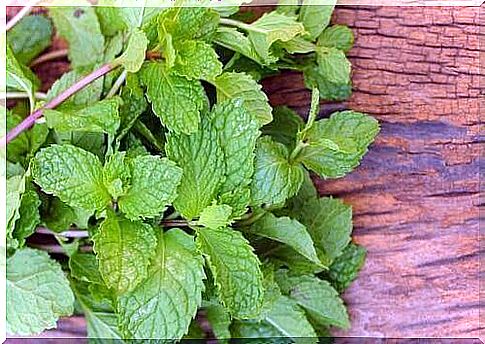
If you suffer from bad breath, mint is your best ally. You can usually take it in the form of candy, pills or chewing gum. You can also chew on some mint leaves. But wash this one first.
The aromatic properties of mint give it a strong taste. Not only is it helpful to eliminate bad breath, but it also works in the case of dry mouth, cavities and gum disease.
For the skin
Peppermint contains about 30 antiseptic components and has about 40 antibacterial components. It is perfect for treating various skin conditions such as wounds, itching and insect bites.
It is also often used for eczema or inflamed hemorrhoids. Women can bathe with it or take a sitz bath to treat ailments of the genitals.
And to cook?
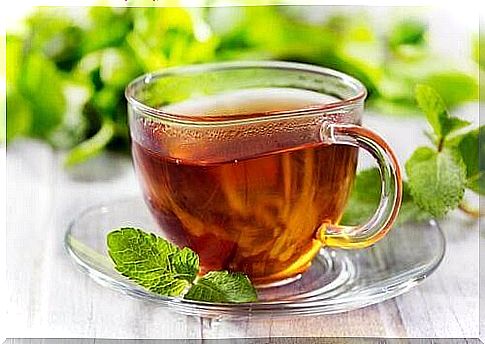
Mint also offers many benefits when it comes to food preparation. Its peculiar pungent taste and pungent and refreshing aroma have led to its use in gastronomy since ancient times.
You can use it for seasoning, for example:
- Cooked vegetables
- soups
- salads
- juices
- Infusions





